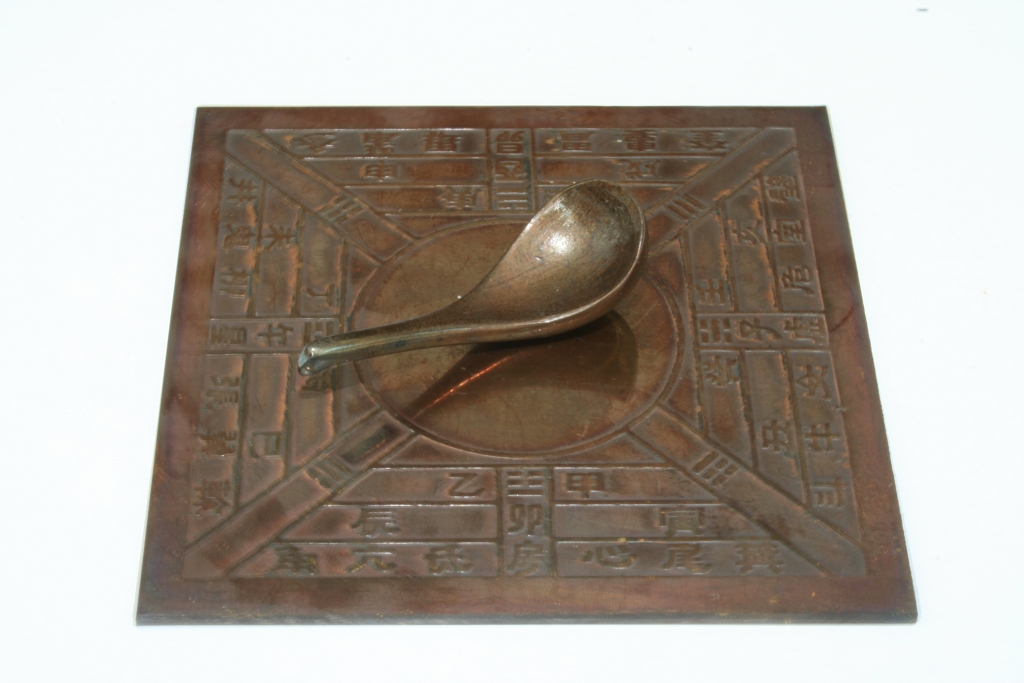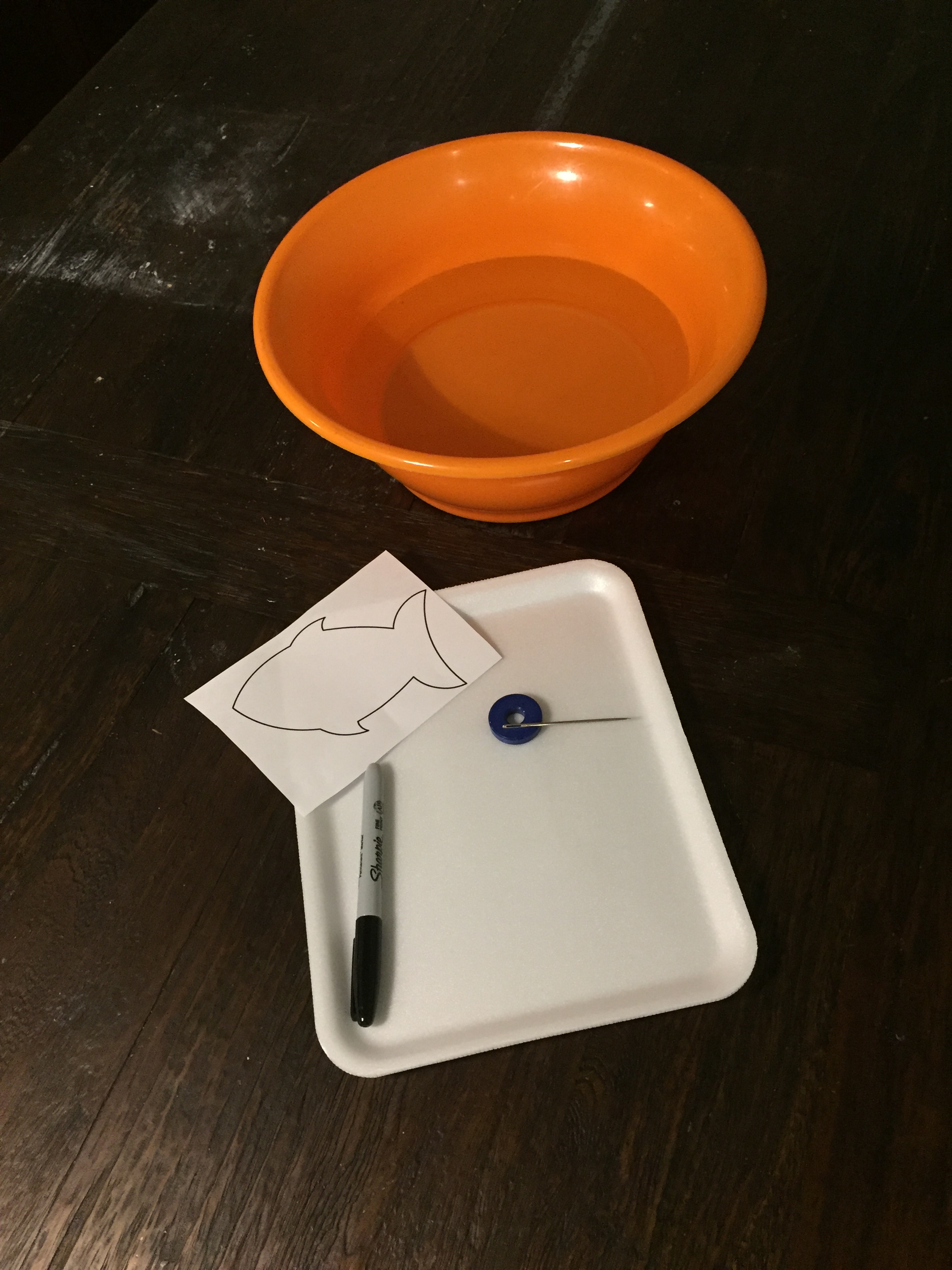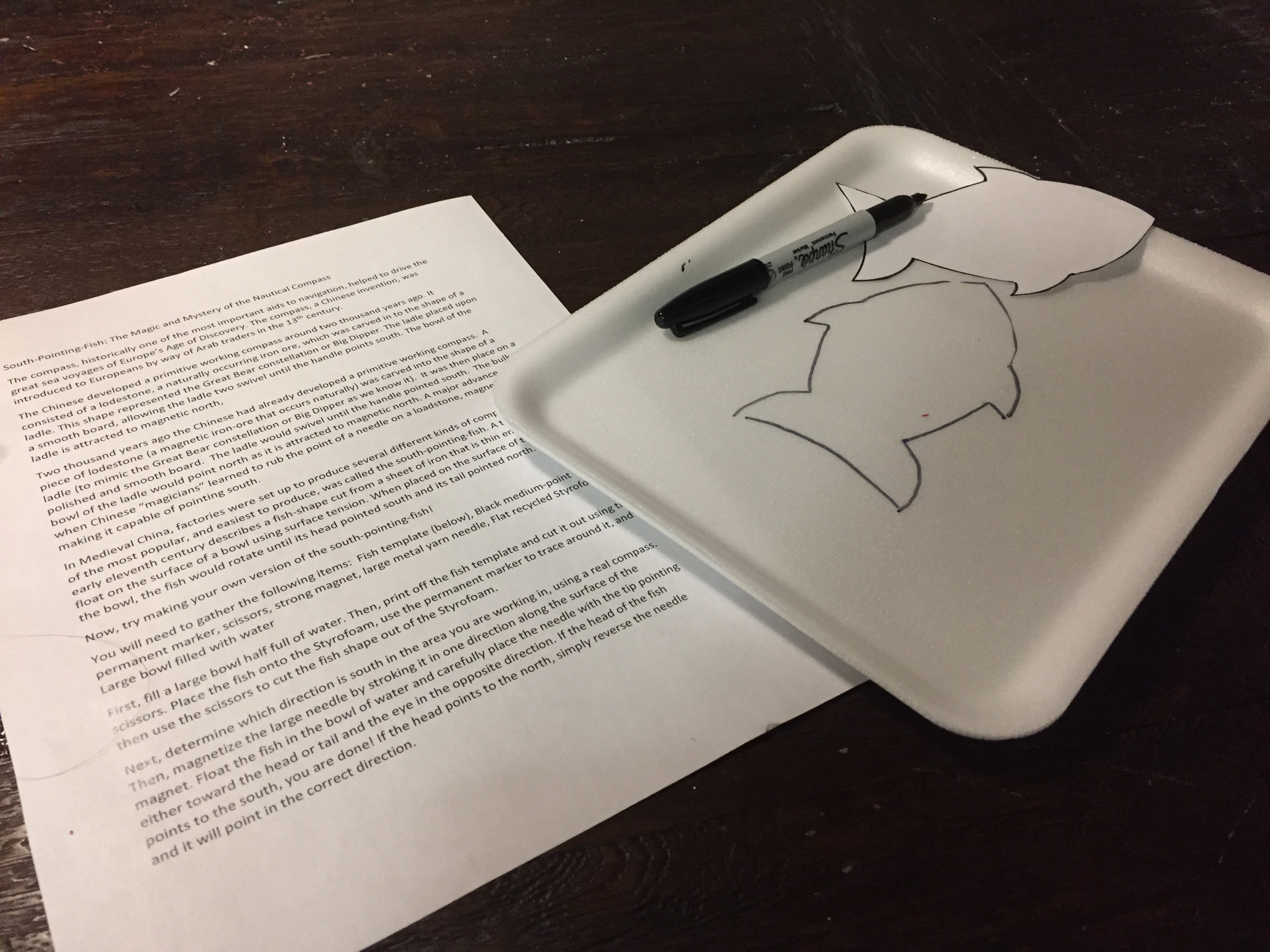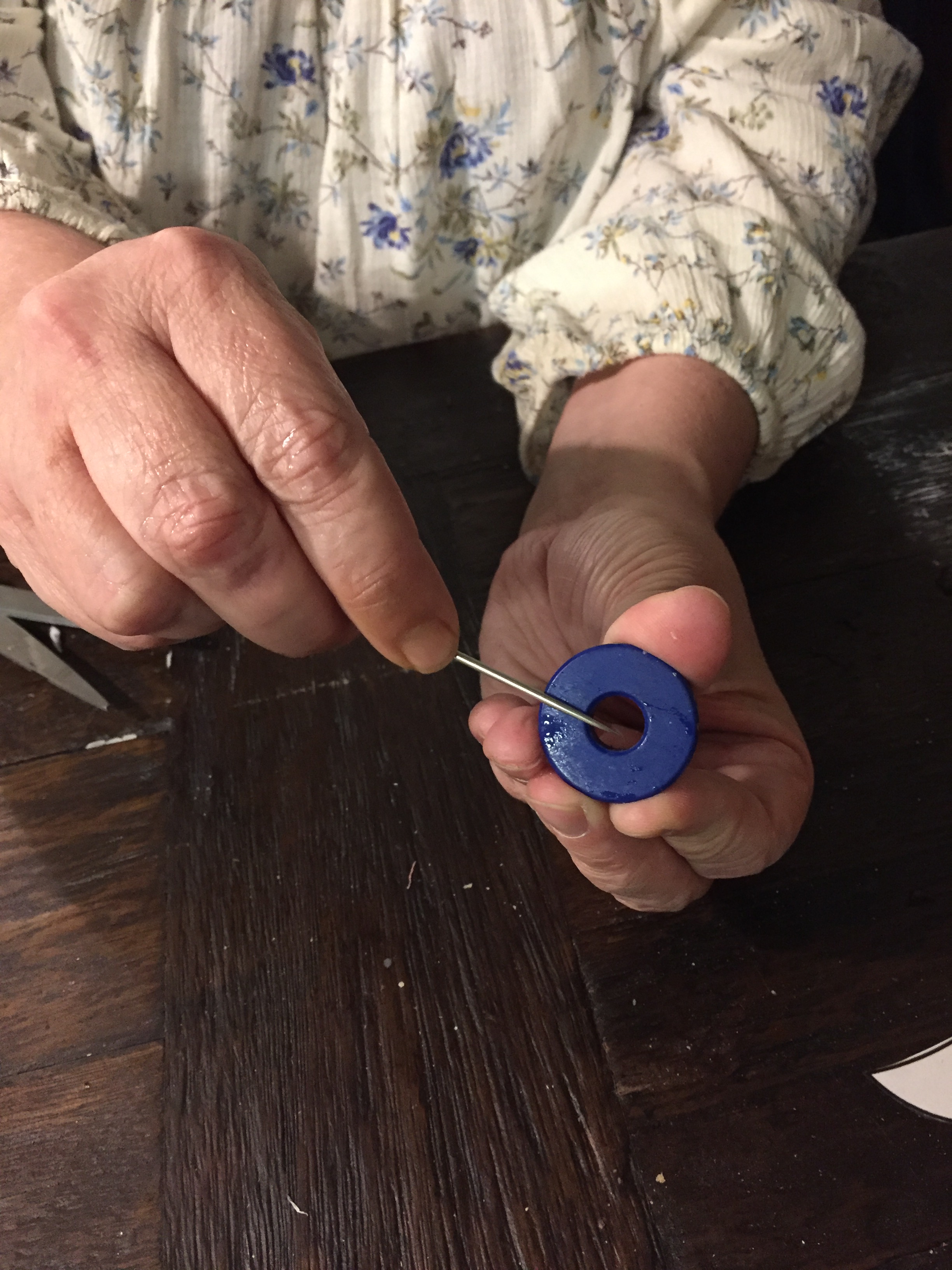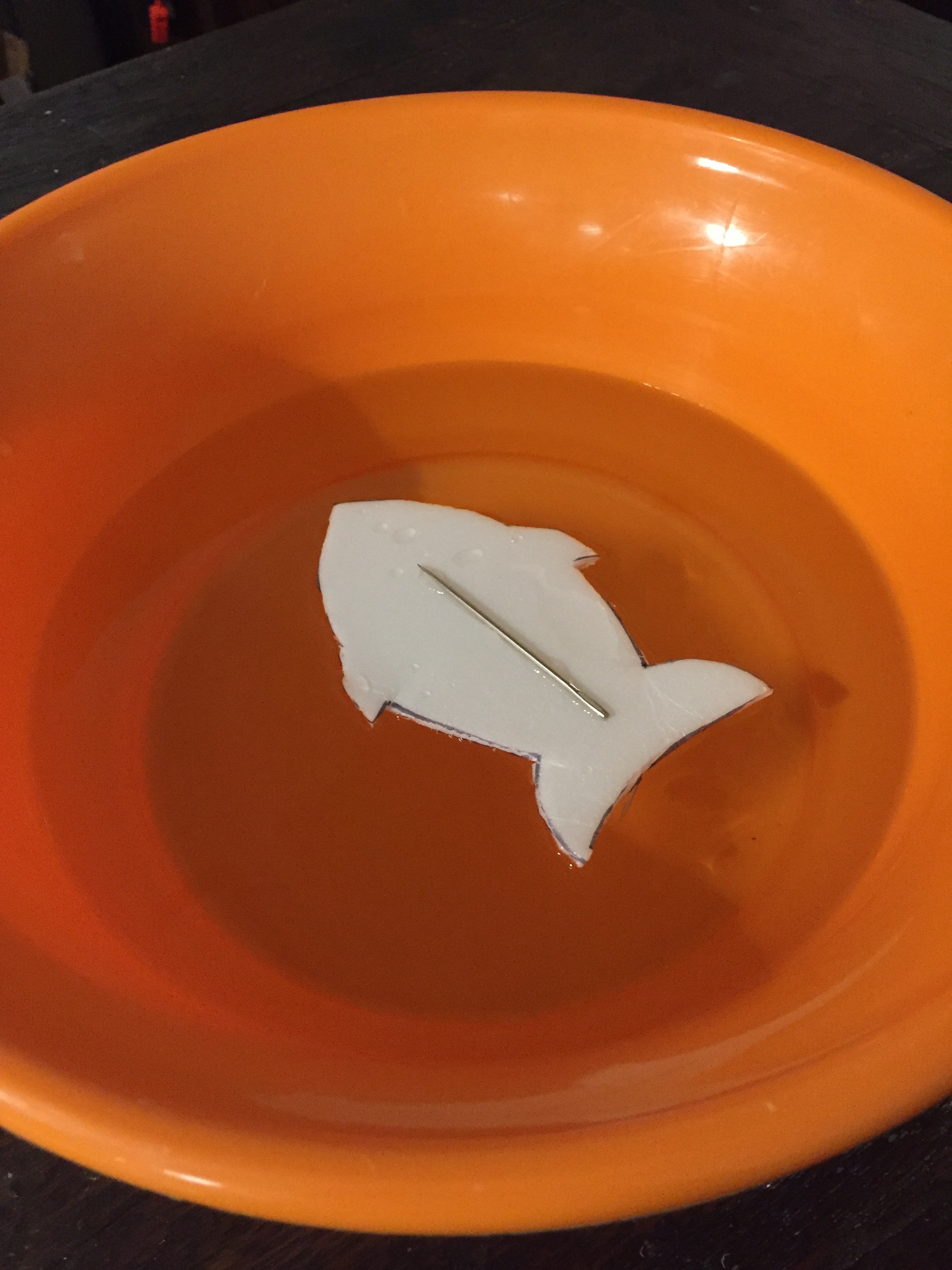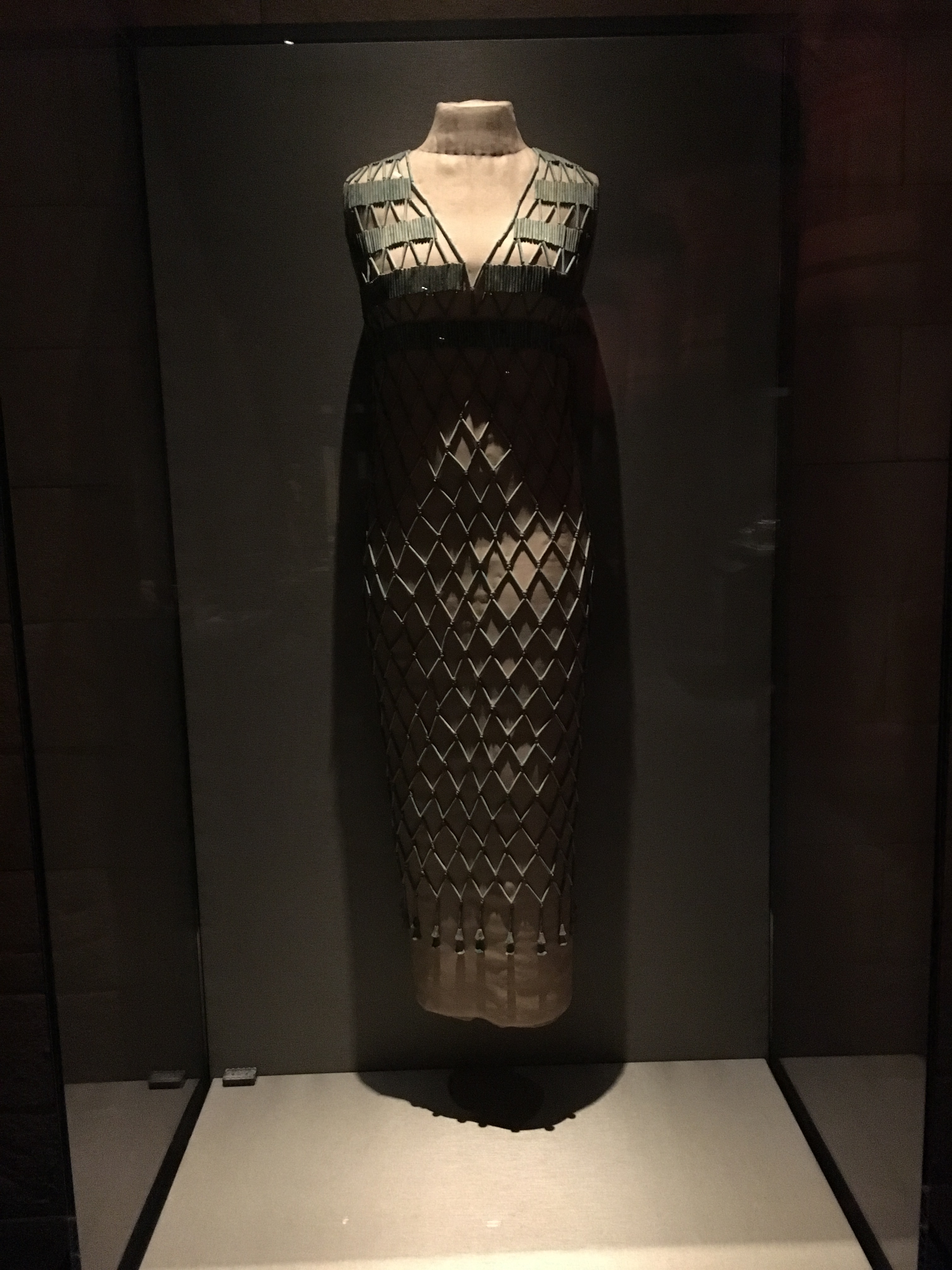The compass, historically one of the most important aids to navigation, helped to drive the great sea voyages of Europe’s Age of Discovery. The compass, a Chinese invention, was introduced to Europeans by way of Arab traders in the 13th century.
Two thousand years ago the Chinese had already developed a primitive working compass. A piece of lodestone (a magnetic iron-ore that occurs naturally) was carved into the shape of a ladle (to mimic the Great Bear constellation or Big Dipper as we know it). It was then placed on a polished and smooth board. The ladle would swivel until the handle pointed south. The bulk or bowl of the ladle would point north as it is attracted to magnetic north. A major advance came when Chinese “magicians” learned to rub the point of a needle on a loadstone, magnetizing it, making it capable of pointing south.
Han Dynasty loadstone compass. Image courtesy of Wikimedia Commons
In Medieval China, factories were set up to produce several different kinds of compasses. One of the most popular, and easiest to produce, was called the south-pointing-fish. A text from the early eleventh century describes a fish-shape cut from a sheet of iron that is thin enough to float on the surface of a bowl using surface tension. When placed on the surface of the water in the bowl, the fish would rotate until its head pointed south and its tail pointed north.
Now, try making your own version of the south-pointing-fish!
You will need to gather the following items: Fish template (below), Black medium-point permanent marker, scissors, strong magnet, large metal yarn needle, Flat recycled Styrofoam, Large bowl filled with water and a compass for checking direction.
First, fill a large bowl half full of water. Then, print off the fish template and cut it out using the scissors. Place the fish onto the Styrofoam, use the permanent marker to trace around it, and then use the scissors to cut the fish shape out of the Styrofoam.
Next, determine which direction is south in the area you are working in, using a real compass. Then, magnetize the large needle by stroking it in one direction along the surface of the magnet.
Float the fish in the bowl of water and carefully place the needle with the tip pointing either toward the head or tail and the eye in the opposite direction. If the head of the fish points to the south, you are done! If the head points to the north, simply reverse the needle and it will point in the correct direction.


